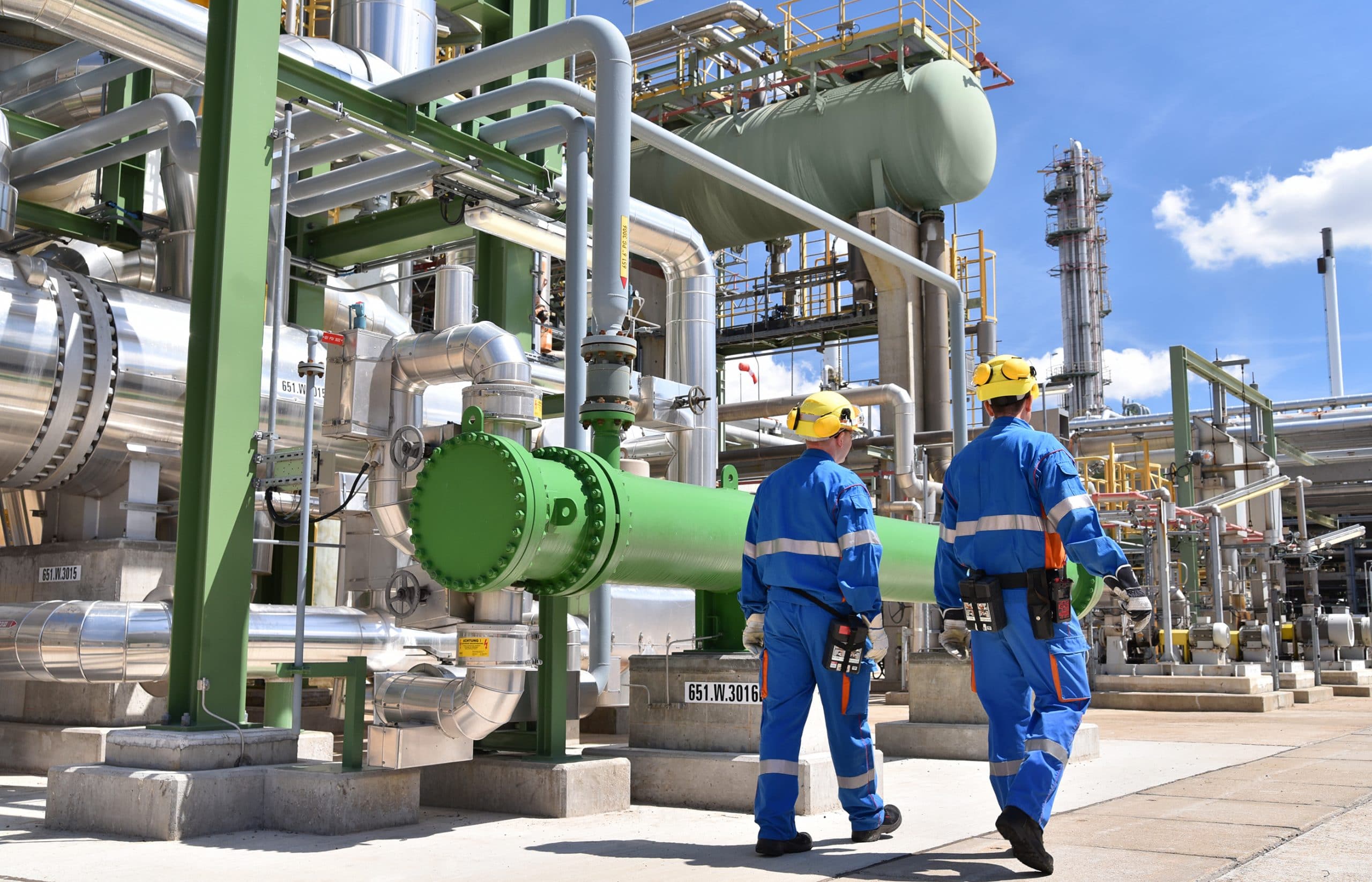Iron and Steel Industry
For years, employers have known that iron and steelworkers in foundries, manufacturing plants, hard metal factories, and coke ovens had an increased risk of developing several forms of respiratory disease and cancer.

Occupational Exposure in the
Iron and Steel Industry
In the U.S., the iron and steel industries contribute actively to states’ and national economies for decades. In total, the industries provided over two million jobs in 2017. Workers in iron and steel manufacturing include plants that refine iron ore, ferrous scrap, or coke and mill services for products like metal sheets, plates, pipes, and bars.
In occupations like these, with such high-intensity and high-risk labor, exposure to carcinogens is a danger. Subsequently, the occurrence of pulmonary diseases in the iron and steel industry is higher than the general population. Lung cancer, in particular, is 500 percent more common among retired iron and steelworkers than other retirees.

In the metal manufacturing industry, there are numerous potential sources of risk in the workplace. Steel foundries, for example, can produce hazardous levels of dust. Over time, inhaling or swallowing airborne metal particles and fumes leads to mutations in healthy cells throughout the respiratory system’s pathways.
Chronic irritation by dust and inflammation of cells in the nose, trachea, bronchi, and lungs can turn them precancerous (i.e., otherwise normally functioning cells with some mutations), then cancerous. Some dust-related health problems that may occur years before cells become cancerous include:
- Asthma
- Bronchitis (inflammation in bronchi)
- Chronic obstructive pulmonary disease (COPD)
- Pneumoconiosis (“dusty lung”)
- Rhinitis (inflammation in nose)
- Tracheitis (inflammation in throat)
While not every inhaled particle leads to inflammation and permanent tissue scarring, several types common in the metalworking trade are also risk factors for disease. Occupational exposure to such toxins can be fatal after many years of employment with repeated, steady contact as well as after a single, severe incident.
Being aware of the risks and taking steps to reduce their destructive potential can prevent illnesses in some tradesmen. For those already diagnosed with an exposure-induced chronic disease or lung cancer, compensation and legal aid may be available.
Risk Factors for Disease
In general, the risk factors for lung disease are not equal across every occupation in the metals industry. Too, the foundries, machinery, and pneumatic tools used in manufacturing have been changed by modern technology and chemicals. Typically, foundry workers have the highest levels of exposure to hazardous chemicals and dusts. Welders have similarly shown high rates of occupational illness from steel and ironworking.
The table below illustrates the link between some common exposure-related risk factors for disease – as well as where they are typically found – in the iron and steel industry.
| Toxin or Dust | Location | Associated Disease(s) |
| Asbestos | Many fireproofed and fire-resistant materials | Asbestosis, mesothelioma |
| Carbon monoxide (CO) | Burning oil, casting operations, cupola furnaces, fettling, internal combustion engines, welding | Heart disease, neurological problems |
| Metal fumes and metals | Foundry furnaces and casting and setting areas | Baritosis, hard metal disease, lung cancer, pneumonia, siderosis, stannosis |
| Organize binders | Furan, resins, and some formaldehydes used in mixing, blowing, drying, or baking operations | Pulmonary damage, respiratory complications |
| Polycyclic aromatic hydrocarbons (PAH) | Created from burning coal, garbage, gas, oil, tobacco, or wood | Coal pneumoconiosis, liver and kidney abnormalities, lung cancer |
| Refractory ceramic fibers | Furnace insulation | Pulmonary damage, respiratory complications |
| Respirable quartz (dust) | Almost all workers exposed to dust from foundry sand and other crushed minerals | Cancers of the nose, trachea, bronchi, and lungs; COPD, pneumoconiosis; silicosis |
In addition to the above carcinogens, smoking cigarettes increases the risk of lung cancers. In many cases, the side effects of smoking such as coughing can mask early symptoms of lung cancer.
Next Steps After a Diagnosis
Due to the vast number of pulmonary and other diseases linked to occupational exposure among iron and steelworkers, many current and retired employees attempt to seek compensation from their employers. Workers’ compensation may cover medical bills and other costs but is governed by individual state regulations, various statutes of limitation, and the circumstances of the diagnosis.
For more information about an exposure-related diagnosis and your legal options, get a case evaluation from qualified legal professionals.


